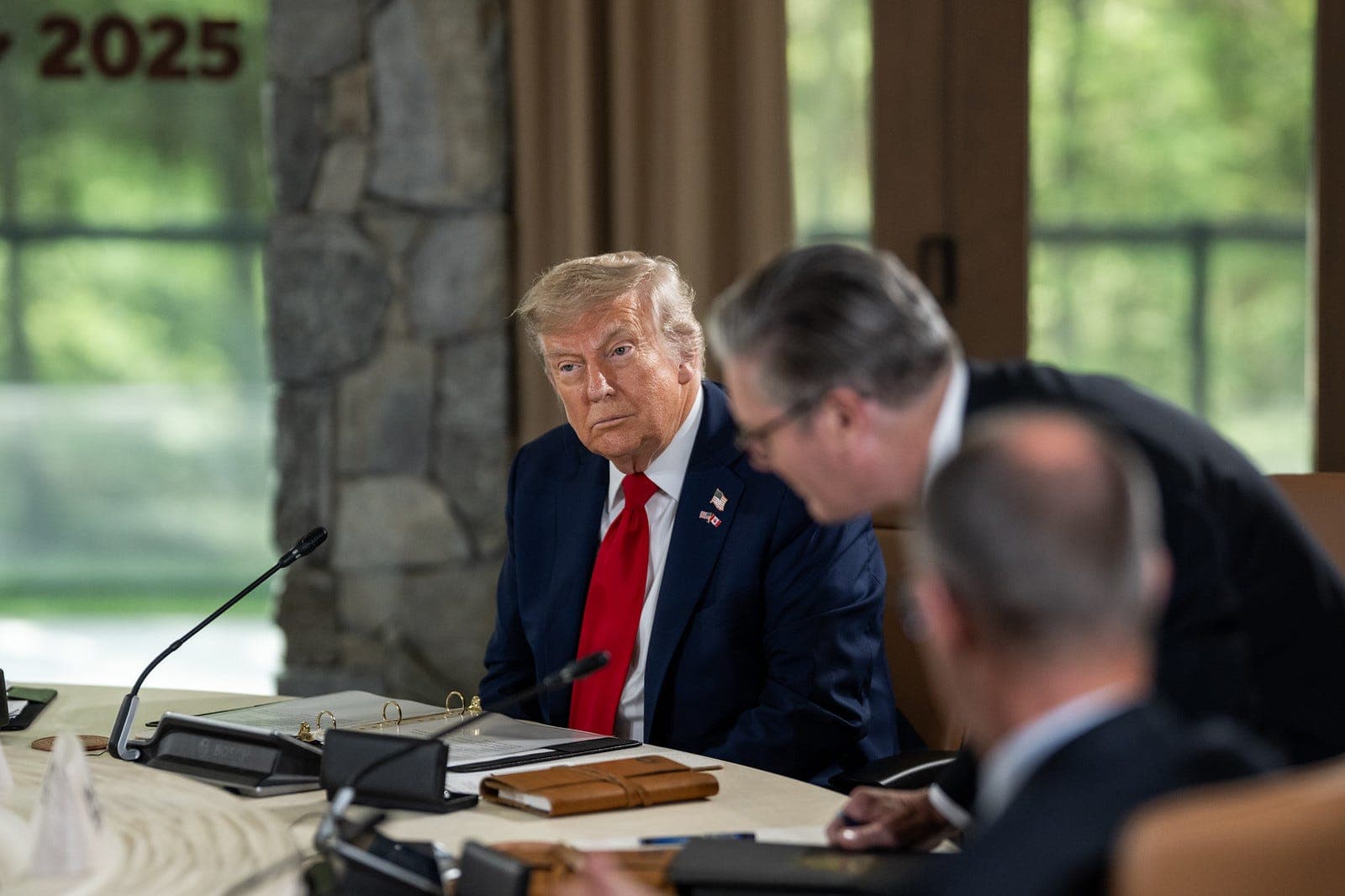We're loading the full news article for you. This includes the article content, images, author information, and related articles.
As G7 energy ministers meet in Toronto to forge a new alliance on strategic resources, Kenya’s vast mineral wealth places it at the centre of a potential global supply chain realignment.

TORONTO, CANADA – Energy ministers from the Group of Seven (G7) industrialized nations convened in Toronto on Thursday, October 30, 2025, with the primary objective of curbing China's overwhelming dominance in the global supply of critical minerals—resources essential for modern technology, clean energy, and defence systems. The two-day meeting is expected to culminate on Friday with the announcement of a new “critical minerals production alliance” aimed at creating more reliable and diversified supply chains free from what the G7 terms China’s “market manipulation.”
The initiative builds on the G7 Critical Minerals Action Plan, which was established during a leaders' summit in Kananaskis, Canada, in June 2025. That plan committed to diversifying mining, processing, and recycling, and to developing standards-based markets that reflect the true costs of responsible extraction. Canadian Energy Minister Tim Hodgson described the Toronto meeting as a “hinge moment,” signalling a shift from discussion to concrete action. Announcements expected on Friday are set to include firm commitments on stockpiling, investments in new mining and processing projects, and offtake agreements—where buyers commit to purchasing future output at a set price to guarantee revenue for new ventures.
The G7’s strategic push is a direct response to China’s entrenched position across the mineral supply chain. According to the International Energy Agency (IEA), China’s market control is extensive, accounting for approximately 90% of the refining and separation of rare earth elements and 85% of global rare earth processing capacity. This concentration poses significant economic and national security risks, a concern echoed by Tae-Yoon Kim, head of the IEA's critical minerals division, who urged the G7 to “start shifting market power” to avoid a supply shock comparable to the 1970s oil crisis.
Allied nations have grown increasingly concerned over Beijing's use of this dominance as geopolitical leverage. In October 2025, China imposed sweeping export controls on a range of rare earth materials and related technologies, a move seen by Western governments as a significant risk to Europe’s automotive, defence, and aerospace industries. Abigail Hunter, executive director of the Washington-based Center for Critical Minerals Strategy, stated that for decades, the world has faced a competitor that has “consistently distorted free markets, used industrial subsidies, created overcapacity, and undermined fair trade.”
This global realignment presents a significant opportunity for mineral-rich nations in East Africa, particularly Kenya. The country is home to one of the world's largest undeveloped rare earth deposits at Mrima Hill in Kwale County, with an estimated value of over USD $62 billion. These deposits include niobium, crucial for strengthening steel, alongside neodymium, lanthanum, and cerium, which are vital for manufacturing the powerful magnets used in electric vehicles and wind turbines.
The Kenyan government is actively seeking to leverage these resources. The Ministry of Mining has announced “bold reforms” aimed at increasing the sector’s contribution to the national Gross Domestic Product (GDP) from its current 0.8% to 10% by 2030. These reforms include simplifying licensing procedures, offering tax incentives, and enhancing transparency to attract investor confidence. The G7’s search for alternative, reliable partners could provide the necessary capital and technical partnerships to develop these resources sustainably.
Kenya’s mineral wealth is part of a larger, resource-rich geological belt that extends across the East African Community (EAC). The region hosts vast deposits of cobalt, copper, nickel, and coltan, particularly in the Democratic Republic of Congo (DRC), now an EAC member. However, the EAC has yet to develop a comprehensive regional framework for managing its mineral resources, often leaving individual member states with weaker negotiating power against multinational corporations. Political instability and a lack of harmonized regulations have so far hindered the region from maximizing the economic benefits of its endowments.
As the G7 commits to funding and supporting new projects in partner countries, the focus will turn to nations that can ensure stability, transparency, and high environmental, social, and governance (ESG) standards. For Kenya and its neighbours, the challenge will be to create a regulatory and investment environment that can attract G7 support, ensuring that the immense mineral wealth translates into broad-based economic development for its citizens and avoids the resource curse that has plagued other regions. The outcomes of the Toronto meeting will be closely watched in Nairobi and across East Africa, as they could signal the dawn of a new era in the global minerals trade.
Keep the conversation in one place—threads here stay linked to the story and in the forums.
Other hot threads
E-sports and Gaming Community in Kenya
Active 7 months ago
Popular Recreational Activities Across Counties
Active 7 months ago
The Role of Technology in Modern Agriculture (AgriTech)
Active 7 months ago
Investing in Youth Sports Development Programs
Active 7 months ago